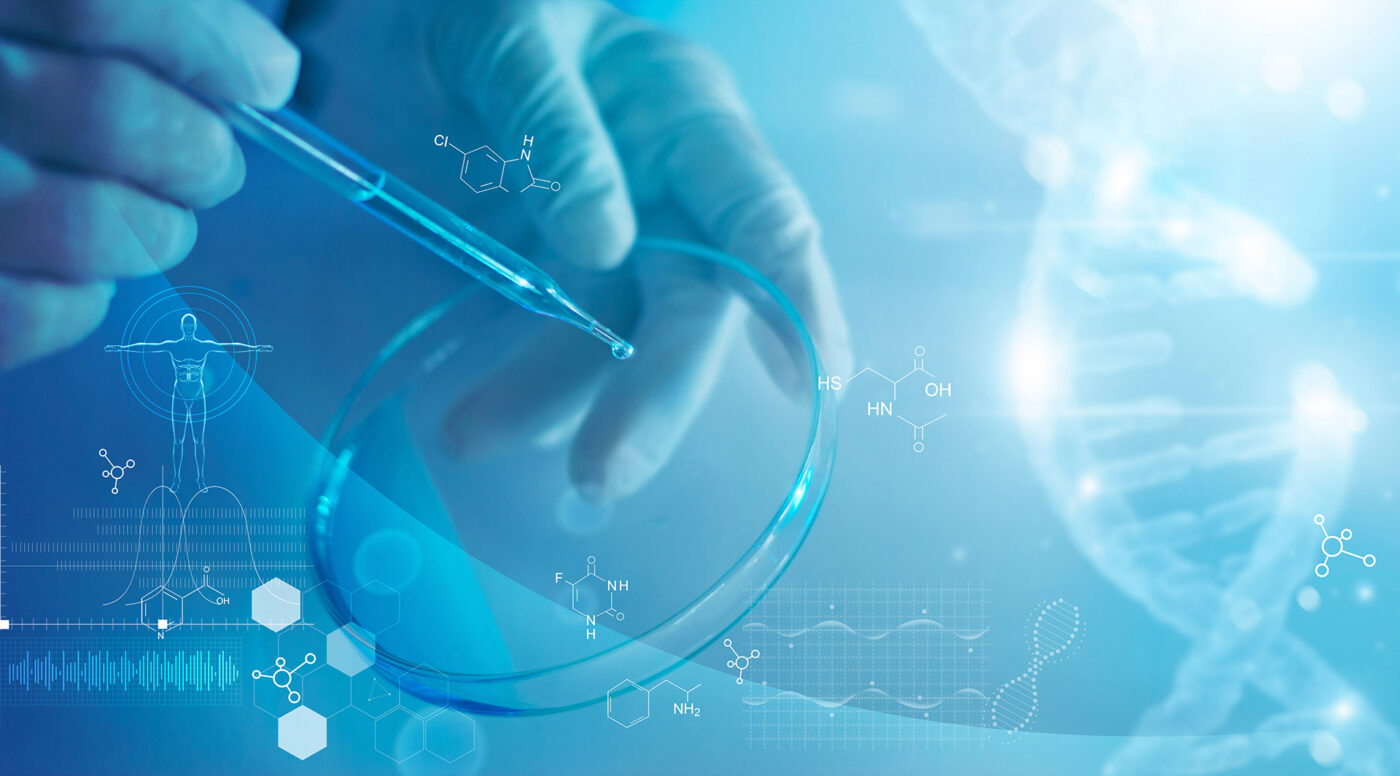Uncategorized
Bioengineering Solutions for Tissue Regeneration: From Skin to Organs

In the field of medicine, tissue regeneration plays a crucial role in addressing the growing need for viable solutions to treat various diseases and injuries. Traditional treatment approaches often fall short in fully restoring the structure and function of damaged tissues and organs. However, advancements in bioengineering have paved the way for innovative solutions that hold great promise for tissue regeneration. From the regeneration of skin to the complex challenge of organ regeneration, bioengineering techniques offer tremendous potential to revolutionize healthcare. In this article, we will explore some of the remarkable bioengineering solutions that are transforming the landscape of tissue regeneration.
Skin regeneration,
Skin, the largest organ of the human body, acts as a protective barrier against external threats. Severe burns, chronic wounds, or skin diseases can result in substantial tissue loss and impair its essential functions. Bioengineered skin substitutes have emerged as a groundbreaking solution to promote effective skin regeneration. These substitutes often consist of a combination of cells, scaffolds, and growth factors that mimic the structure and function of native skin.
One such approach involves the use of tissue-engineered skin grafts. Scientists culture skin cells in the laboratory and seed them onto a biocompatible scaffold. The resulting bioengineered skin grafts can be transplanted onto the patient’s wound, promoting cell proliferation and tissue regeneration. Additionally, 3D bioprinting techniques offer the potential to precisely construct complex skin structures with a high degree of customization, further enhancing the regeneration process.
Bone and cartilage regeneration,
The repair and regeneration of damaged bones and cartilage present significant challenges due to their complex structure and limited regenerative capacity. Bioengineering strategies offer promising solutions to overcome these hurdles. One such approach involves the use of biomaterials, such as hydrogels or bioceramics, combined with stem cells or growth factors to stimulate tissue regeneration.
In the case of bone regeneration, bioactive scaffolds can be implanted into the damaged area, providing a supportive environment for bone-forming cells to proliferate and differentiate. Similarly, bioengineered cartilage substitutes aim to mimic the native tissue’s mechanical properties and cellular composition. Advances in 3D printing technology enable the fabrication of patient-specific cartilage implants, enhancing the regeneration process further.
Organ regeneration,
Organ transplantation has been a life-saving procedure for patients with end-stage organ failure. However, the demand for donor organs far exceeds the supply, leading to lengthy waiting lists and significant health implications. Bioengineering offers a potential solution by enabling the regeneration of functional organs.
Scientists are exploring various strategies for organ regeneration, including the use of decellularized scaffolds and stem cell-based approaches. Decellularization involves removing cells from donor organs, leaving behind a scaffold composed of extracellular matrix proteins. This scaffold can then be repopulated with patient-derived stem cells, promoting the regeneration of functional tissue.
Moreover, the emerging field of organoid technology allows scientists to create miniature organ-like structures in the laboratory. Organoids are self-organizing three-dimensional cell cultures that recapitulate certain aspects of organ development and function. Although still in its early stages, organoids hold immense potential for studying disease mechanisms and screening potential drug candidates.
Challenges and future perspectives,
While bioengineering solutions for tissue regeneration offer remarkable potential, several challenges need to be addressed to realize their full clinical impact. Achieving long-term functionality, vascularization, immune system integration, and ethical considerations are among the key areas that require further research and development.
The future of tissue regeneration lies in the interdisciplinary collaboration between biologists, engineers, and medical professionals. By combining their expertise, innovative approaches and technologies can be developed to overcome current limitations and accelerate the translation of bioengineering solutions into clinical practice.
Bioengineering solutions for tissue regeneration have opened up new possibilities in the field of medicine. From the regeneration of skin to the complex challenge of organ regeneration, innovative techniques and technologies are reshaping the future of healthcare. As research continues to advance, we can expect bioengineered solutions to play an increasingly significant role in restoring the structure and function of damaged tissues and organs, ultimately improving the quality of life for countless patients worldwide.


